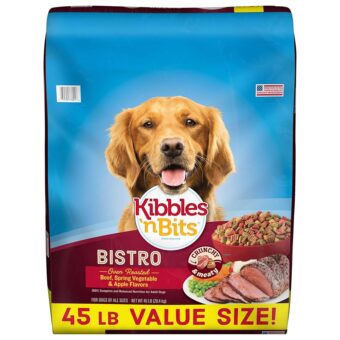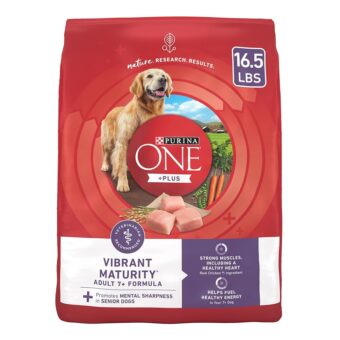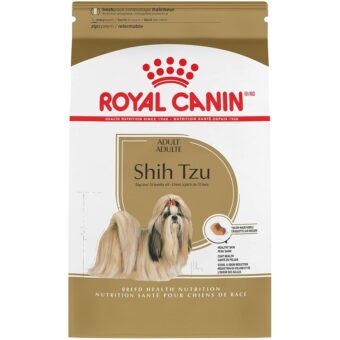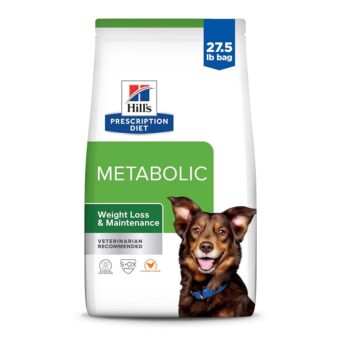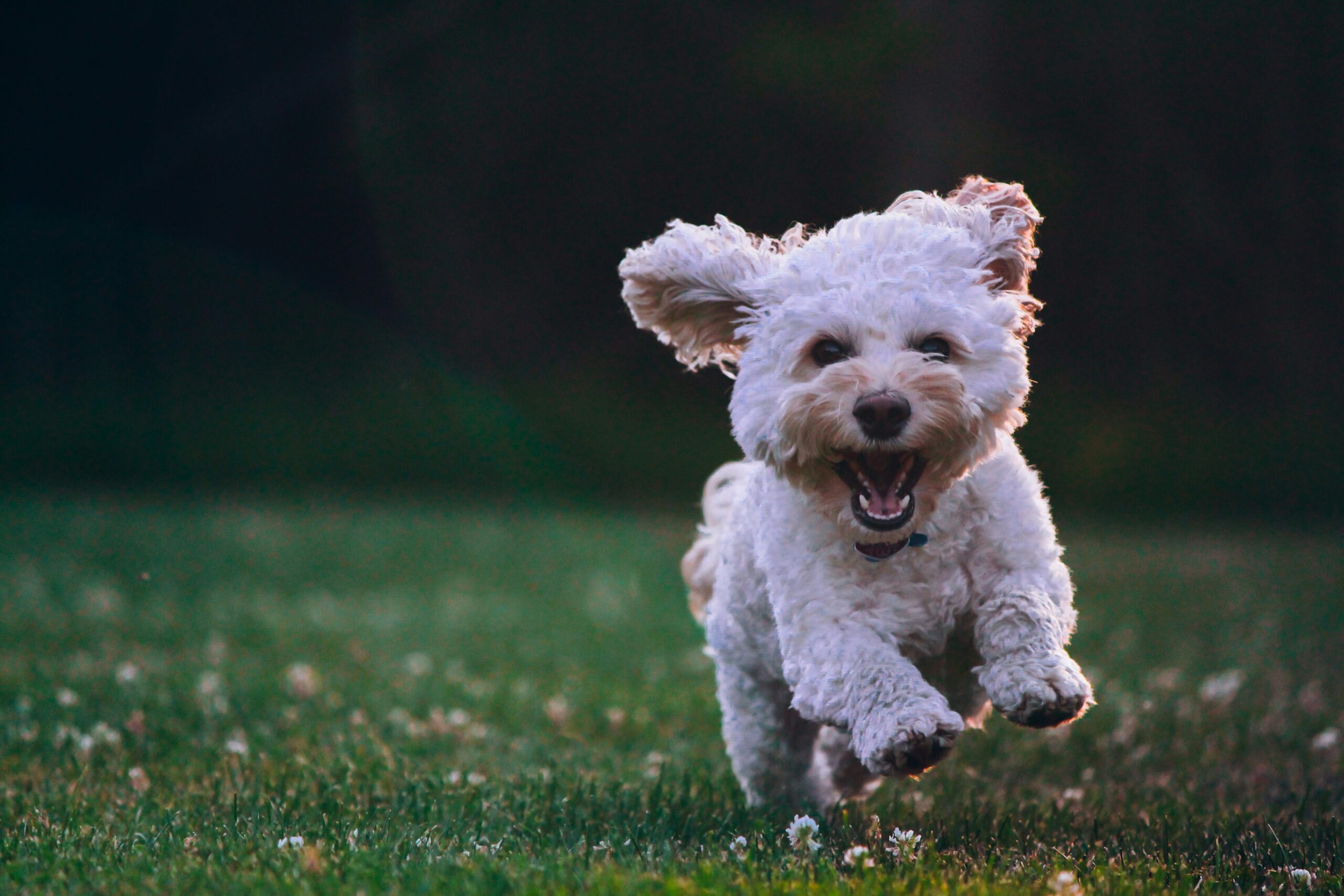
Introduction to Poodles
Poodles are a highly recognized and distinguished dog breed known for their unique curly fur, intelligence, and elegance. Originally bred in Germany as water retrievers, they later became emblematic of French culture, gaining immense popularity throughout Europe and beyond. This breed is often celebrated for its exceptional versatility and adaptability, traits that have contributed to its enduring presence as a beloved companion across the globe.
Poodles are classified into three size varieties: Standard, Miniature, and Toy. The Standard Poodle is the largest of the three, often standing over 15 inches at the shoulder, and is renowned for its athleticism and agility. The Miniature Poodle, measuring between 10 and 15 inches, possesses similar characteristics but in a more compact form. The Toy Poodle, the smallest variety, typically measures under 10 inches, making it especially appealing for people seeking a small yet intelligent canine companion. Regardless of their size, all poodles share common traits that enhance their attraction as pets.
One of the breed’s most noteworthy features is its exceptional intelligence. Poodles consistently rank among the top dog breeds in intelligence tests, showcasing their ability to learn commands quickly and effectively. This remarkable mental capability not only makes them highly trainable but also allows them to excel in various canine sports and activities, such as obedience and agility trials. Moreover, poodles are also acclaimed for their hypoallergenic coats, which far reduce shedding and dander, thus making them suitable for allergy sufferers.
The popularity of poodles spans different cultures and regions, as they are often seen gracing the homes of families, individuals, and even celebrities. Their unique combination of traits – from intelligence to elegance – alongside their charming personalities continues to captivate dog lovers everywhere, solidifying the poodle’s status as a timeless breed.
The History of Poodles
Poodles, renowned for their intelligence and elegance, have a rich historical background that dates back several centuries. Originating in Germany, they were initially bred as water retrievers, a role that exploited their exceptional swimming abilities. The term “Pudel,” from which the breed name is derived, translates to “to splash in water.” These dogs were specifically developed to assist hunters in retrieving game from the water, showcasing their natural aptitude for this task.
As time progressed, poodles gained popularity and subsequently made their way to France, where their role transformed significantly. In this new cultural context, they evolved into cherished companion animals, symbolizing luxury and sophistication. Their curly fur, which provides both insulation and flotation, became a defining characteristic of the breed, making them not only practical working dogs but also appealing companions. Their increase in popularity in France led to the establishment of different size variations, including standard, miniature, and toy poodles, each catering to varied lifestyles while preserving the breed’s essential traits.
The poodle’s influence extends beyond mere companionship; it is often featured in various cultural contexts, from art to literature. Famous for their participation in circus acts and performances, poodles have showcased their remarkable intelligence and trainability, further solidifying their reputation as versatile animals. Additionally, the breed has been depicted in numerous artworks, emphasizing their elegance and grace. Their adaptability has allowed them to thrive in various roles, serving as family pets, therapy dogs, and even service animals.
Overall, the history of poodles is a captivating journey from their beginnings as diligent water retrievers in Germany to their esteemed status as beloved companions in France. This evolution reflects not only changes in human needs but also the breed’s intrinsic qualities that endear them to diverse societies throughout history.
Physical Characteristics of Poodles
Poodles are renowned for their distinct physical attributes that set them apart from other dog breeds. One of the most notable features of a poodle is its unique curly fur, which differs significantly from the more common straight or wavy coats found in other breeds. This curly coat serves not only as a hallmark of the breed’s elegance but also plays a practical role; it is hypoallergenic and less likely to shed, making poodles a preferred choice for allergy sufferers.
The grooming needs of poodles are considerable, given their luxurious coat. Regular grooming is essential to prevent matting and tangling, which can occur due to the curly nature of their fur. This requires frequent brushing, as well as professional grooming every few weeks. Owners should be aware that poodles require specific grooming techniques to maintain their distinctive appearance, particularly during dog show preparations, where precision in coat styling is paramount.
In terms of size, poodles are available in three primary varieties: Standard, Miniature, and Toy. The Standard poodle is the largest, standing over 15 inches tall at the shoulder, and is often recognized for its strength and athleticism. The Miniature poodle ranges from 10 to 15 inches, while the Toy poodle is the smallest, measuring 10 inches or less. This variety allows potential owners to choose a poodle that best fits their living arrangements and lifestyle.
The significance of their coat extends beyond aesthetics; it is integral to their overall elegance and poise. The well-groomed poodle is often seen as a symbol of sophistication, exemplifying not just beauty but also an inherent intelligence common to the breed. This combination of striking physical characteristics and grooming needs makes poodles a distinctive and admired canine choice for many dog enthusiasts.
Temperament and Personality Traits
Poodles are widely known for their intelligence and elegance, but their temperament and personality traits also play a pivotal role in their appeal as family pets. These dogs consistently rank among the most intelligent breeds, making them exceptionally trainable. Their ability to learn commands, tricks, and tasks quickly is a significant asset for pet owners. This intelligence not only contributes to positive dog-owner relationships but also allows for more enriching activities that keep both the dog and owner actively engaged.
Sociability is another hallmark of the poodle temperament. These canine companions thrive on interaction, whether it is with their human family members or other pets. Their friendly and affectionate nature makes them suitable for a variety of family dynamics, from single individuals to larger families with children. Poodles typically exhibit a welcoming demeanor and enjoy being included in family activities, making them excellent companions for those seeking a loyal friend.
Moreover, energy levels in poodles can vary by size, with standard poodles often needing more exercise than their miniature and toy counterparts. Nevertheless, all poodles benefit from regular physical activity and mental stimulation. Their energetic disposition makes them well-suited to active families or individuals who appreciate outdoor adventures or agility training. For apartment dwellers, shorter daily walks paired with engaging indoor activities can help satisfy their exercise needs, reinforcing the adaptability of this breed across different living situations.
Overall, poodles’ unique combination of intelligence, sociability, and energy makes them versatile companions that can easily blend into various lifestyles. Whether in a bustling household or with a more reserved owner, poodles showcase a temperament that is both engaging and accommodating.
Training and Socialization
Poodles are widely recognized for their high intelligence and distinctive learning capabilities, making them one of the most trainable dog breeds. Effective training techniques for poodles often leverage their eagerness to please and innate curiosity. Positive reinforcement is highly recommended, as it not only fosters a strong bond between the dog and owner but also ensures that poodles remain enthusiastic about learning new commands and tricks. Simple methods such as using treats, praise, and playtime as rewards can significantly enhance a poodle’s training experience.
In addition to basic obedience training, which should cover commands like sit, stay, and come, incorporating advanced training is beneficial. Poodles thrive in environments rich in mental stimulation, so introducing agility courses, obedience competitions, or even scent work can channel their energy effectively. This breed’s intelligence also makes them ideal candidates for tasks requiring problem-solving skills, ensuring that their training sessions remain engaging and challenging.
Equally important is the aspect of early socialization. Poodles, especially as puppies, should be exposed to various environments, people, and other animals. This practice helps mitigate potential behavioral issues and ensures they grow into well-adjusted adults. Scheduled puppy classes can serve both socialization and training purposes, allowing young poodles to interact with other dogs while learning essential skills. The exposure to different stimuli helps build their confidence and reduces anxiety when faced with novel situations.
In conclusion, effective training and proper socialization are crucial for poodles, enhancing their natural abilities and fostering a strong, obedient companion. Owners who invest time and effort in these areas will find that their poodles exhibit not only intelligence and elegance but also calmness and balance in diverse situations.
Health Considerations
Poodles, known for their intelligence and distinctive curly fur, possess unique health considerations that prospective owners should be aware of. These elegant dogs can be prone to various health issues, some of which are hereditary. Among the most common health concerns affecting poodles are hip dysplasia, allergies, and eye disorders. Understanding these conditions is paramount for ensuring the long-term well-being of your poodle.
Hip dysplasia is a genetic condition that occurs when the hip joint does not fit into the hip socket properly, leading to arthritis and pain. Regular veterinary check-ups can aid in early detection, allowing for timely interventions that might include weight management, physical therapy, or even surgical options in severe cases. Maintaining a healthy weight is particularly crucial for poodles since obesity can exacerbate hip dysplasia and other joint-related issues.
Allergies are another prevalent concern for poodle owners. These dogs can develop allergies to environmental factors—such as pollen, dust mites, and mold—or to certain foods. Symptoms may range from skin irritations to gastrointestinal issues. Identifying and eliminating allergens can significantly improve your poodle’s quality of life. It is advisable to work with a veterinarian to determine the underlying causes of allergies and to discuss suitable treatment options, including antihistamines or a specialized diet.
Eye disorders, including cataracts and progressive retinal atrophy, are also common in this breed. Regular eye examinations by a veterinary ophthalmologist can help detect these issues early on. As poodles age, monitoring their vision becomes essential. A balanced diet rich in nutrients, particularly those that support eye health, can help mitigate some of these risks.
In summary, addressing the health needs of poodles through preventive measures, regular check-ups, and a nutritious diet is critical for maintaining their overall health and longevity. Awareness of these potential health issues will enable poodle owners to provide the best possible care for their intelligent and elegant companions.
Poodles in Popular Culture
Poodles, recognized for their intelligence and distinctive curly fur, have carved out a significant niche in popular culture over the years. Their unique traits have not only made them a favored breed among dog enthusiasts but also prime candidates for cinematic and television portrayals. For instance, many films and television shows have featured poodles, highlighting their graceful demeanor and ability to perform tricks, which contributes to their reputation as one of the most trainable dog breeds. Iconic appearances in family-oriented films and pet-centered TV shows have solidified their status as beloved companions.
Moreover, poodles have been frequently associated with celebrities, reinforcing their allure and desirability. Numerous stars are known for their affection towards this breed, showcasing poodles in photographs and on social media platforms, which enhances their visibility. This celebrity endorsement can stimulate interest in the breed, leading to a rise in poodle ownership among the general population. The glamour and sophistication associated with poodles often reflect a desirable lifestyle that many pet owners aspire to replicate.
The representation of poodles in media often impacts public perception, as they are frequently portrayed as affable, fashionable pets that embody elegance and intelligence. This favorable depiction can influence potential dog owners to consider poodles as viable pet options, further perpetuating their popularity. As more people become aware of poodles’ companionship and trainability through various forms of entertainment, the breed is likely to continue thriving in both culture and pet ownership ranks.
Ultimately, the prevalence of poodles in popular culture has not only enhanced their reputation but also driven a lasting interest in this elegant and intelligent breed, ensuring that poodles remain a prominent choice among dog lovers everywhere.
Caring for Your Poodle
Caring for a poodle involves several key aspects that contribute to their overall well-being, making it imperative for owners to understand the requirements specific to this breed. One of the most critical components of poodle care is grooming. Their unique curly fur requires regular maintenance to prevent matting and ensure that it remains healthy and shiny. It is recommended to brush a poodle’s coat at least once a week, using a slicker brush or comb to remove any tangles. For those who prefer a low-maintenance option, regular visits to a professional groomer can be beneficial, as they can trim the coat and provide necessary care.
Moreover, exercise is vital for poodles, as they are known for their high energy levels and intelligence. These dogs should engage in daily activities that not only involve physical exercise but also mental challenges. Activities such as fetch, agility training, or obedience exercises can help keep a poodle stimulated and happy. Regular exercise not only promotes physical health but also combats behavioral issues that stem from boredom or pent-up energy.
In addition to grooming and exercise, providing adequate mental stimulation is crucial for a poodle’s happiness and health. Poodles thrive on interactive play and training sessions. Puzzle toys, interactive games, and consistent training exercises serve to engage their intellect, ensuring that they remain well-rounded companions. It is also essential to create a suitable living environment, ensuring that it is secure and free of hazards. By understanding the specific needs of poodles, owners can provide an enriching and nurturing environment that promotes a fulfilling life.
Choosing the Right Poodle for You
When it comes to selecting the right poodle, various factors must be considered to ensure that the chosen breed harmonizes with your lifestyle, family dynamics, and living situation. Poodles come in three distinct sizes: standard, miniature, and toy. Each size has its own unique needs and characteristics that potential owners must evaluate. For instance, standard poodles are energetic and require ample exercise and space, which makes them better suited for homes with large yards or active families. On the other hand, toy poodles thrive in smaller spaces and are often more adaptable to apartment living, making them a favorable option for city dwellers.
Additionally, understanding your family structure will help determine the ideal poodle for your household. If you have young children or other pets, a standard or miniature poodle, known for their friendly and tolerant temperament, might be appropriate. Toy poodles can also be good with children, but supervision is crucial as they can be delicate and prone to injury. It’s essential to assess the energy levels of the poodle breed selected, ensuring that they align with your family’s activities and lifestyle.
Once you have decided on the right size and temperament, locating a reputable breeder or considering adoption should be your next step. Responsible breeders will provide health clearances and personality information, making it easier to find a match that fits your expectations. Alternatively, numerous shelters and rescue organizations have poodles looking for loving homes. Adoption not only provides a dog with a second chance but also helps reduce the number of homeless animals. Regardless of whether you choose to buy or adopt, taking the time to research and understand the characteristics of poodles will lead to a fulfilling companionship.


